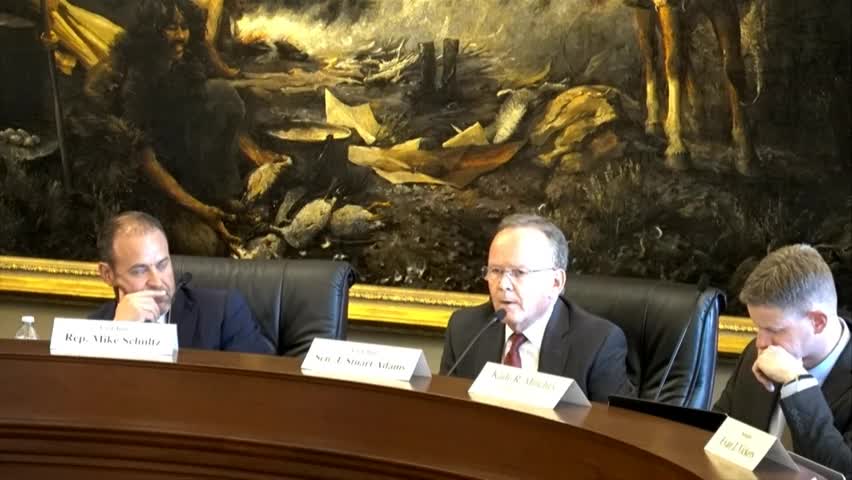Property taxes surge as inflation and market shifts collide
April 17, 2024 | Legislative Audit Subcommittee, Utah Subcommittees, Commissions and Task Forces, Utah Legislative Branch, Utah

This article was created by AI summarizing key points discussed. AI makes mistakes, so for full details and context, please refer to the video of the full meeting. Please report any errors so we can fix them. Report an error »

In a recent government meeting, discussions centered around the complexities of property taxation amid rising inflation and shifting property values. Officials addressed concerns regarding the increase in property taxes, emphasizing that while the tax rate is designed to decrease as property values rise, several factors have contributed to the recent upward trend in taxes.
Josh Nielsen, the director of property tax, outlined three primary reasons for the increase. First, there has been a notable shift in property classifications, with residential properties experiencing significant value increases compared to commercial properties. This disparity has resulted in a heavier tax burden on homeowners as commercial property values lag behind.
Second, local entities have been increasing their tax rates to keep pace with inflation. Nielsen noted that many entities have not adjusted their tax rates for years, leading to substantial increases—some as high as 100%—to compensate for past inaction and rising costs.
Lastly, the state’s basic levy, which was frozen for five years, has also played a role. The unexpected rise in revenues during this period meant that the tax burden was inadvertently shifted onto residents, as the basic levy did not account for the market's growth.
Nielsen also mentioned efforts to improve data collection on commercial properties, highlighting the acquisition of subscriptions to commercial property databases to enhance transparency and accuracy in property assessments. However, challenges remain, particularly in smaller counties where access to comprehensive commercial data is limited.
The meeting underscored the ongoing challenges in balancing property tax rates with market realities, as officials seek to ensure equitable taxation for all property owners.
Josh Nielsen, the director of property tax, outlined three primary reasons for the increase. First, there has been a notable shift in property classifications, with residential properties experiencing significant value increases compared to commercial properties. This disparity has resulted in a heavier tax burden on homeowners as commercial property values lag behind.
Second, local entities have been increasing their tax rates to keep pace with inflation. Nielsen noted that many entities have not adjusted their tax rates for years, leading to substantial increases—some as high as 100%—to compensate for past inaction and rising costs.
Lastly, the state’s basic levy, which was frozen for five years, has also played a role. The unexpected rise in revenues during this period meant that the tax burden was inadvertently shifted onto residents, as the basic levy did not account for the market's growth.
Nielsen also mentioned efforts to improve data collection on commercial properties, highlighting the acquisition of subscriptions to commercial property databases to enhance transparency and accuracy in property assessments. However, challenges remain, particularly in smaller counties where access to comprehensive commercial data is limited.
The meeting underscored the ongoing challenges in balancing property tax rates with market realities, as officials seek to ensure equitable taxation for all property owners.
View full meeting
This article is based on a recent meeting—watch the full video and explore the complete transcript for deeper insights into the discussion.
View full meeting

